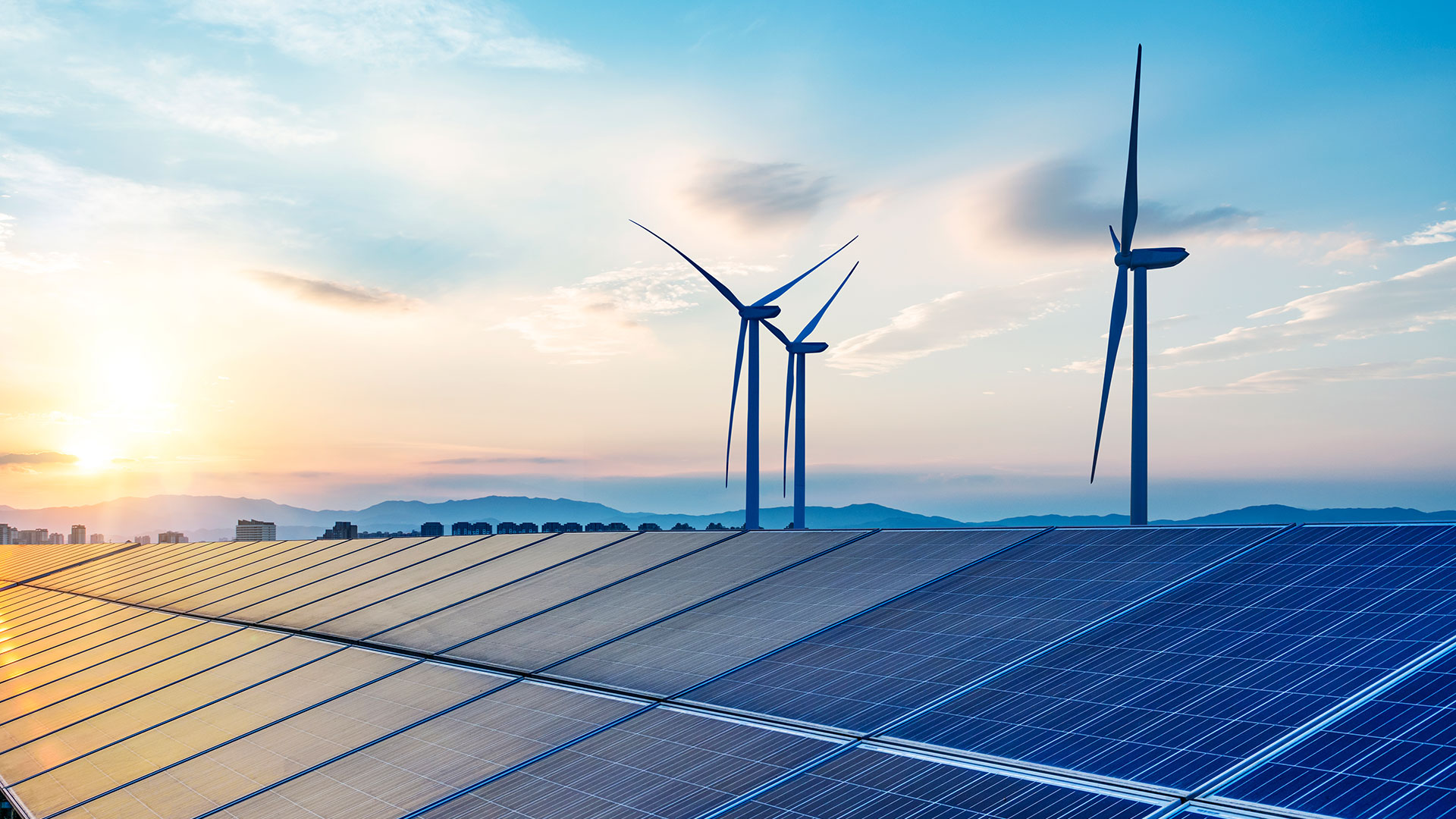Is Germany a net importer or net exporter of electricity?
In 2023, Germany became a net electricity importer for the first time in two decades, a trend that persisted into 2024. Electricity imports and exports in Germany are primarily based on renewable energy sources. While there were concerns that phasing out coal and nuclear power would lead to a rise in imports, Germany has offset this by expanding renewable energy and improving energy efficiency.

Return Button
German trade balance
Germany is part of an interconnected European power system in which electricity trading strengthens supply security at lower costs. During hours of low renewable feed-in and high demand, it is cheaper for Germany to import electricity from its neighbours. Conversely, during hours of high renewable feed-in, Germany exports surplus electricity to neighbouring countries.
Since 2003, Germany has maintained a positive power exchange balance, even while phasing out nuclear and transitioning away from coal. However, in 2023, Germany became a net electricity importerfor the first time in two decades, a trend that continued into 2024. Germany imported about 5% of its electricity demand from neighbouring EU countries within the integrated European power market.Notwithstanding this, overall primary energy imports, including oil and gas, have declined – a trend expected to accelerate as Germany moves towards a climate-neutral electricity system (see: Agora (2024)). Despite concerns that phasing out coal and nuclear power would lead to a surge in electricity imports, Germany has mitigated this by expanding renewables and through improvements in energy efficiency.
The shift from net exporter to net importer of electricity was driven by several factors. First, renewables expanded dynamically in neighbouring countries, and French nuclear reactors reached high availability factors (compared to 2023 when several reactors were switched off for longer unexpected maintenance periods). Second, phasing out the three remaining German nuclear reactors in one year led to a decrease in available capacity, which was not immediately compensated by an increase in renewables. Finally, due to higher carbon prices, the cost of coal-fired generation exceeded that of gas-fired power plants, thus changing the European merit order and reducing German exports of coal-fired electricity.27
Impacts of increasing renewables share on imports
Electricity imports and exports in Germany are primarily driven by renewable energy sources. In 2024, almost half of Germany’s total electricity imports came from renewable energy sources. By contrast, nuclear power accounted for roughly 26% of all imports and coal for less 7%.
This reflects the logic of a European electricity market. Competitive power markets are based on the merit order principle. Typically, since wind and solar PV have near-zero marginal costs, they get dispatched first, followed by nuclear; and only then fossil fuel sources with higher marginal operating costs.28
Last revision on .
